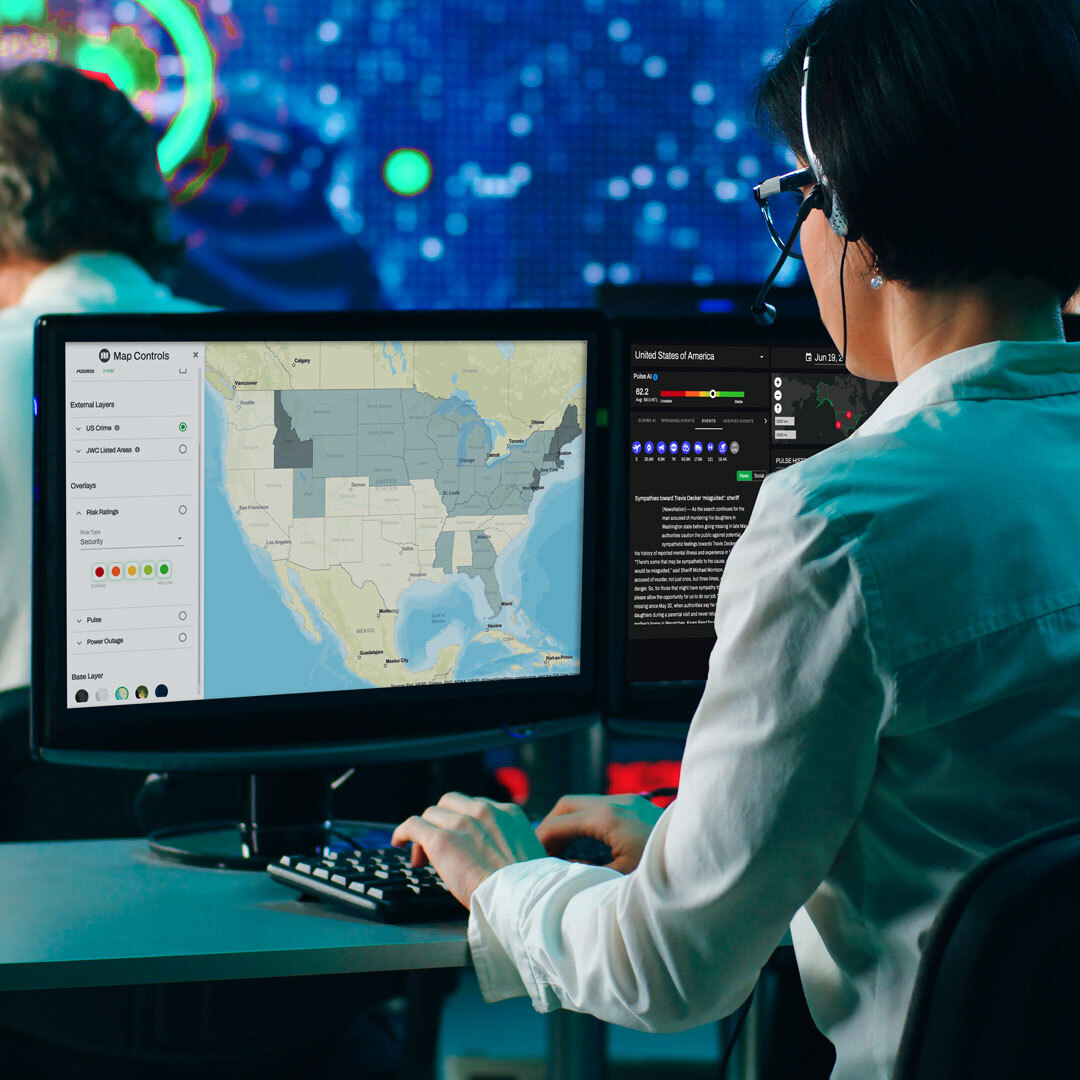In the dynamic landscape of risk and intelligence, the maxim “garbage in, garbage out” holds particular significance. The quality of output is intricately tied to the quality of input, forming the backbone of a reliable and effective risk management framework. Source collection plays a pivotal role in shaping the intelligence outputs that influence critical decision-making and emphasizes the importance of adopting a framework that ensures accuracy and relevance.
The Foundation: Intelligence and Source Collection
At the core of any risk assessment is collecting relevant data and insights. This process typically involves extracting insights from multiple sources, including open-source information, proprietary data, and/or expert analysis, synthesizing them into intelligence. How many and what types of sources are needed may depend on the operational or strategic decisions being made, but the validity and credibility of the information collected serves as the bedrock upon which trustworthy intelligence is built.
And in the world of AI hallucinations, disinformation, and misinformation, having a foundation of high-quality data inputs is increasingly important- and potentially time consuming. Being able to discern valuable and trustworthy information from the irrelevant is no small feat. Tools – including those which integrate artificial intelligence – are increasingly good at sifting through large quantities of data and drawing out patterns or anomalies. But human analysts remain a critical component of the quality process. Their ability to contextualize information, recognize nuance, and apply analytic technique turns data outputs into quality, actionable intelligence.
An Agile Approach to Intelligence
Frequently evaluating the inputs to your risk assessment framework and adjusting as new, better, or more relevant data sources surface is critical to maintain trust in their outputs. An agile approach to source research, collection, and integration helps organizations navigate the fast-paced world of risk intelligence.
The problem is that this sort of agility takes time – often a resource in short supply. And when there are urgent decisions to be made, the steps to both seek out new data inputs and ensure their quality can be time consuming:
- Assessing the reliability and credibility of the information sources.
- Considering the motivations and potential biases of information providers.
- Cross-verifying information from multiple sources.
- Developing an understanding of the context in which the information is presented to avoid misinterpretation.
Ensuring that input data remains current, relevant, and reflective of the ever-shifting information (and risk) landscape is an iterative process. With the vast amount of data and intelligence being generated every day, trying to maintain agile collection through curating this data by hand can be cumbersome, and this is where some technologies can enhance the efficiency of intelligence cycle by assisting in both curating and contextualizing data quickly.
Striking a Balance: Curated Collections
In the pursuit of quality input, it’s crucial to strike a balance between quantity and relevance. Taking a curated approach to the collection of information, meticulously assembled by human experts, ensures that data inputs are not only comprehensive but also aligned with the specific needs of the organization. This curation process helps to avoid the pitfalls of information overload, where an excess of irrelevant data can drown out critical insights. The outcome is not just more efficient intelligence processes, but also a heightened level of trust in the output data, fueling risk-based decisions that can impact employees and strategic efforts.
Delivering Information you Can Trust
In any intelligence task, the quality of output is undeniably dependent on the quality of input. The careful curation of sources, coupled with an agile approach, forms the bedrock of a robust risk assessment framework. The collaboration between technology and expert analysts further reinforces the reliability and relevance of the output data. Embracing these principles enables organizations to navigate the complex landscape of risks with confidence, armed with intelligence that is not only accurate but also timely and actionable.
Seerist’s augmented analytics solution combines AI, machine learning, and expert human analysis to deliver trustworthy threat intelligence. By automating the collection of global data, capturing various shifts and swings, and filtering out the noise, Seerist provides valuable insights without the alert fatigue. These insights are seamlessly integrated into a user-friendly dashboard, ensuring swift and dependable decision-making in crucial moments.
Book a demo to see Seerist’s threat intelligence tools in action or follow us on LinkedIn to learn more about how Seerist helps you stay ahead of the curve.






